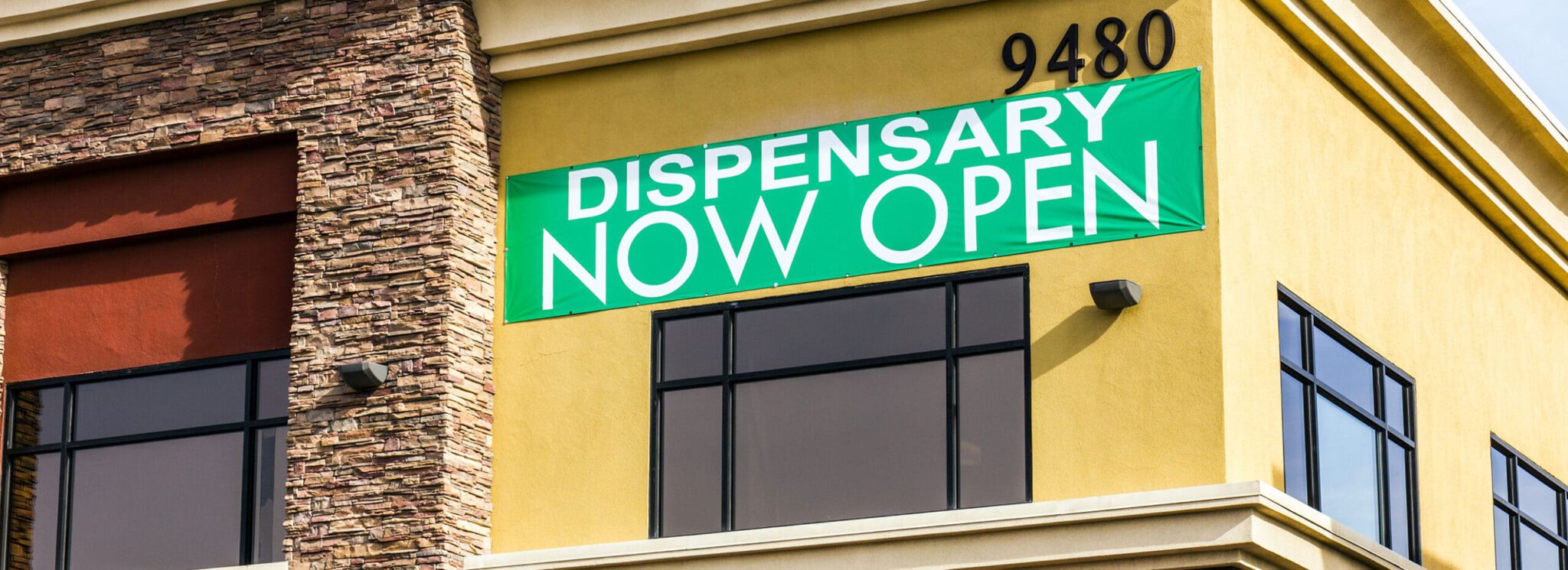The cannabis industry differs from most industries — aside from the fact it’s marijuana, a highly sought-after drug — in that it’s cash-heavy. Regardless if you manage a small retail dispensary or a multi-store company, most states mandate cannabis security like remote video surveillance with specific requirements. Before digging into the rules, here’s a quick look at what’s prompting the need for dispensary security.
Explosive Growth of the Marijuana Industry Drives Need for Cannabis Security
Although California was the first state to legalize marijuana for medicinal purposes in 1996, it wasn’t until 2010 the industry took off. Its massive growth is apparent in “Deep Dive: A Look at America’s Marijuana Evolution” infographics. Between 2010 and 2017, 17 states legalized its use for medical reasons and eight states and Washington, D.C. approved it for recreational use.
With the skyrocketing legalization of cannabis comes opportunities for theft, both by employees and outsiders. Even with the legalization of marijuana, it’s still a drug. Individuals with harmful intentions will do anything to obtain it illegally whether it’s for their own use or to make a buck. They will go after customers leaving the dispensary, distributors delivering the product, or robbing the store. That’s why each state has exhaustive directives covering everything from camera resolution and camera location to security guards and remote video surveillance.
Dispensary Security Requirements Vary by Location
To make matters more challenging, the ordinances vary by state. For example, the Modesto, California Code of Ordinances, Sec. 10-3.706 includes the following in its security requirements:
- Specific floor plan requirements
- Locked storage
- City Manager approval of security plan
- Approved security guards on-site 24 hours a day
Not only does cannabis security require on-site personnel, but also cameras. These, too, have detailed requirements. California does not have a single ordinance for dispensary security that applies to the entire state. It has local ordinances like Modesto’s.
Modesto requires the following for surveillance cameras:
- Must be at high quality (HD) to determine the identity of individuals present.
- Must be remote and real-time running 24/7.
- Must monitor the interior, main entrance, and all entries and exits.
- Video surveillance must be remotely accessible by the Chief of Police or designee.
- Footage needs to be compatible with city’s hardware and software.
- Dispensary must retain video surveillance for 45 days.
Here’s where it gets confusing and interesting. Pasadena, California Code of Ordinances Sec. 5.78.160 has a 90-day video retention requirement. Oregon is the same, but Canada’s retention requirement is one year. Oregon also requires video back-ups to a location different from the live video surveillance room.
Some states have mandates with a minimum resolution, frames per second, and perimeter distance coverage (may include the fence, parking lot, and surrounding areas). It may also state video must be Internet Protocol (IP) compatible.
Maryland mandates video surveillance have adequate lighting that the dispensary can modify to add motion control sensors. Another cannabis security regulation demands systems include automated back up to another power source that can operate independently for up to 48 hours.
The cannabis market will continue to grow exponentially and with it comes many security regulations. Clearly, cannabis video surveillance requirements alone show how the requirements vary by geographic location. With Stealth’s proactive security solutions, you get a team of trained operators who watch your dispensary or farm in real time, to catch events as they happen. We can design a system to help keep your investments safe and compliant with your state’s laws.
Let the live video monitoring experts who know the regulations do the heavy lifting for you. To learn more about remote video surveillance and other dispensary security solutions, please contact us.

